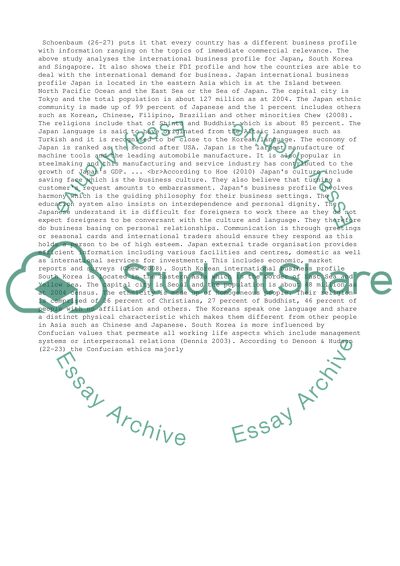Cite this document
(“International Business Profile of two countries (South Korean, and Essay”, n.d.)
Retrieved from https://studentshare.org/business/1437693-international-business-profile-of
Retrieved from https://studentshare.org/business/1437693-international-business-profile-of
(International Business Profile of Two Countries (South Korean, and Essay)
https://studentshare.org/business/1437693-international-business-profile-of.
https://studentshare.org/business/1437693-international-business-profile-of.
“International Business Profile of Two Countries (South Korean, and Essay”, n.d. https://studentshare.org/business/1437693-international-business-profile-of.


